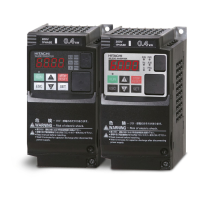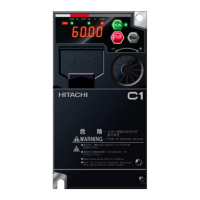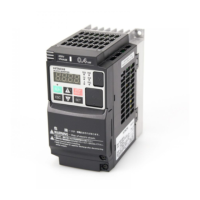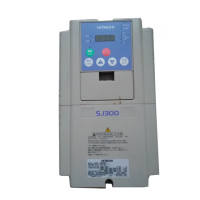Chapter 2 – Electromagnetically compatible installation of drives and drive systems
2-3
Filter installation
The connecting cable between filter and frequency inverter must be as short as possible and laid
separate from other cables/lines.
As user you must ensure that the HF impedance between frequency inverter, filter and ground is as
small as possible:
Remove paint and insulating material between the individual mounting points.
See to it that the connections are metallic and have the largest possible areas.
Use conductive contact grease as anticorrosive.
Anodized and yellow-chromated surfaces, e.g. cable/standard-section rail, screws, etc., have
a large HF-impedance.
This paint must thus be removed at mounting points.
Ensure that the protective conductor terminal (PE) of the filter is properly connected with the
protective conductor terminal of the frequency inverter. An HF ground connection via metal
contact between the housings of the filter and the frequency inverter, or solely via cable shield, is
not permitted as protective conductor connection. The filter must be solidly and permanently
connected with the ground potential so as to preclude the danger of electric shock upon touching
the filter if a fault occurs. You can achieve this by:
connecting it with a grounding conductor of at least 10mm
2
.
connecting a second grounding conductor, connected with a separate grounding terminal,
parallel to the protective conductor.
The cross section of each single protective conductor terminal must be designed for the required
nominal load.
Conductor loops act like antennas, especially when they encompass large areas. Consequently:
Avoid unnecessary conductor loops.
Avoid parallel arrangement of “clean” and interference-prone conductors over longer
distances.
The line filters have been developed for use in grounded systems. Use of the line filters in
ungrounded systems is not recommended, because in these applications
loss current to ground increases.
the effect of the filter is reduced.
The amount of line-conducted and radiated interference increases in proportion to elementary
frequency in frequency inverter.
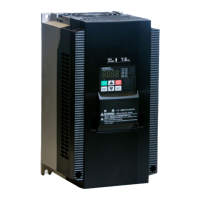
